What is reality? In our world of atoms, we interact with the physical world and get information from the atoms through our five senses. We see, hear, touch, taste, and smell the world of atoms – and then respond to it by feeling and doing. If we replace this world of atoms with a world of bits (à la, the metaverse), we can see, hear, touch (now) and taste and smell (soon), the world of bits. While in the world of atoms we are constrained by the laws of physics, in the world of bits we are not (e.g., we can be transported to any location based on the algorithmic metaverse). However, in both worlds how we perceive and react to the world is real. Our feelings on watching a movie in the world of atoms and the world of bits is the same. Our laughter is real (to us). Our sadness is real. Further, if the world of atoms is digitally twinned with the world of bits (i.e., highly granular sensors representing the atom world in the bit world through two-way processes), then the correspondence is complete. As digital representations and enhancements continue to get better, the separation of the world of atoms from the world of bits gets blurry with seamless entrance and exits across these worlds. While there are obvious benefits of digital spaces, this blurriness can inadvertently create major problems.
An important implication of this framing is that we need clear bench-marking to separate the worlds so we can stay grounded. If there is severe confounding of the physical world with the augmented world and/or the digital world, we will have individuals acting out in a world of atoms, what they do in a world of bits, leading to potentially disastrous consequences. The scary part is that we are just at the beginning of profound change. We have unprecedented computing power embedded in people, processes, companies, and things – and the generativity created through data and connections is unpredictable. All this will continue to shape the world of bits in a way that is also unpredictable. We are beginning to see some of these negative manifestations already in the dysfunctional effects of social media, the dark web and deep-fakes. While not quite analogous, we are also seeing glimpses of the consequences of creating a meta world of misinformation – that is as real to its participants as the world of truth is to others. Without strong benchmarks based on institutional credibility these worlds get blurred. This single manifestation looks ominous today – and so will the many others that will inevitably emerge as technology propels us toward increasingly powerful innovations. It seems that along with continued investments in digital technologies, it is important to invest as much in darkening the line separating the world of bits from the world of atoms.
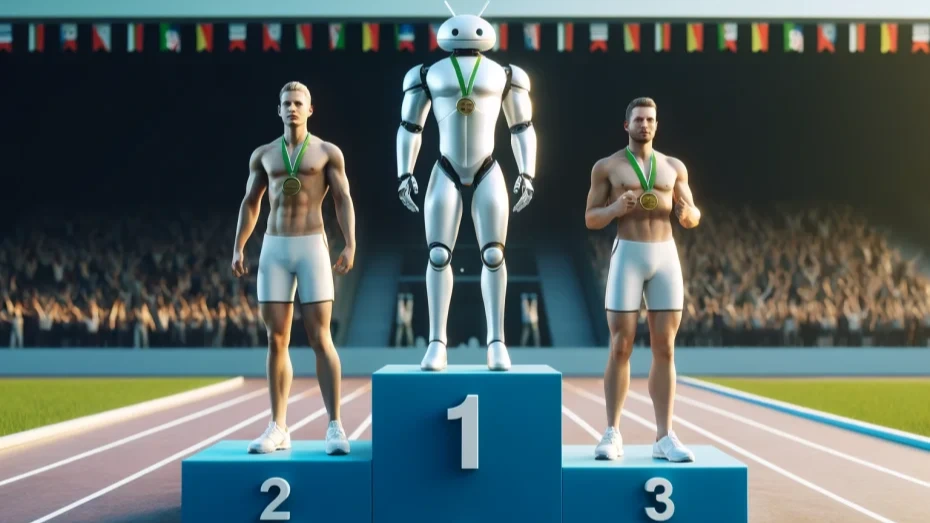
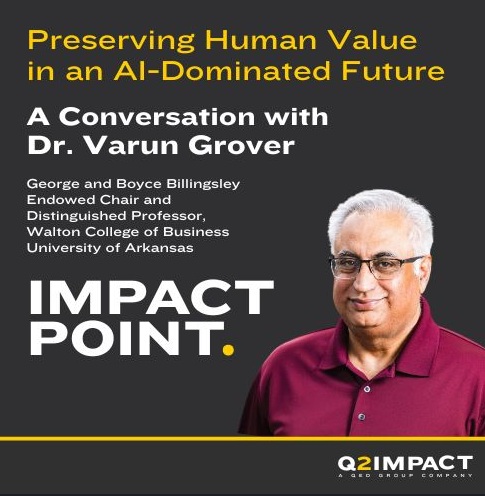
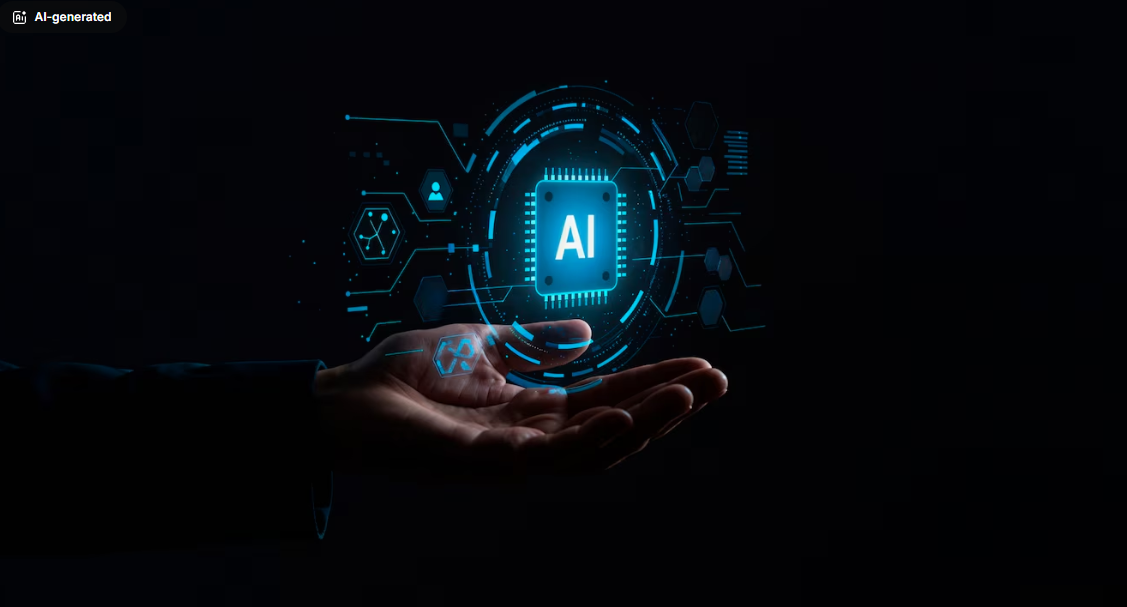

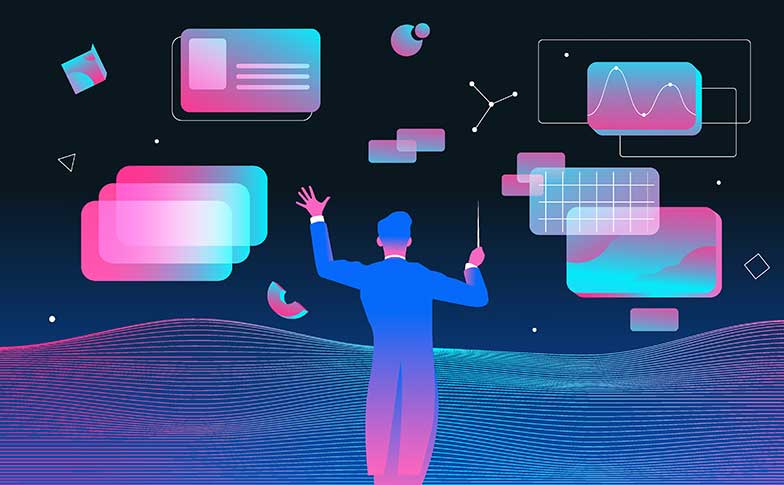
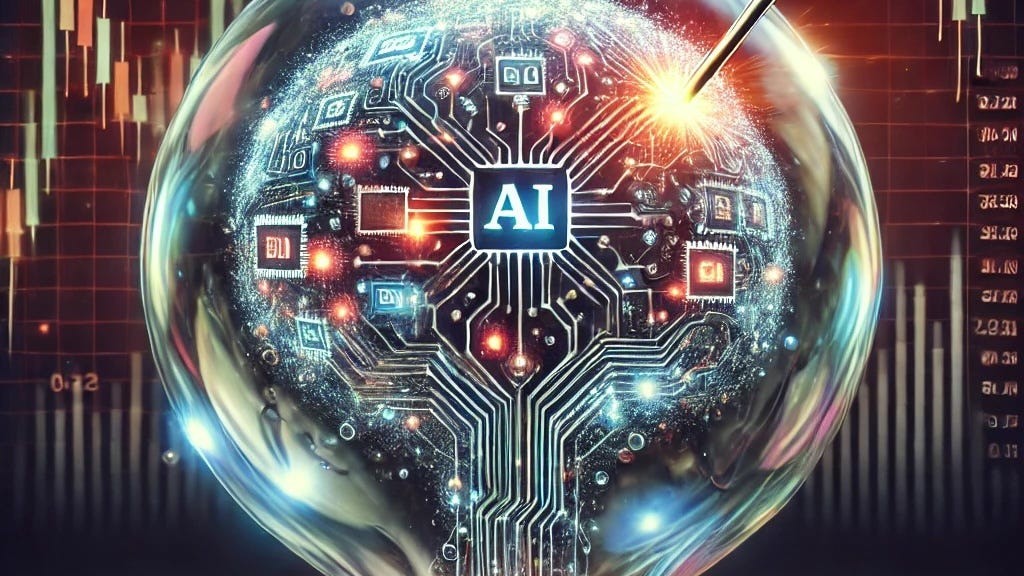
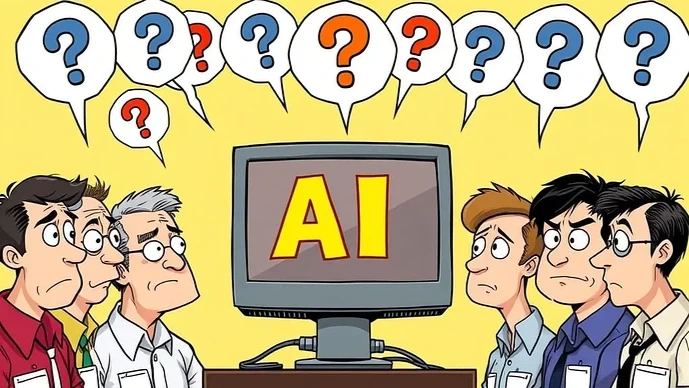


Leave a Reply